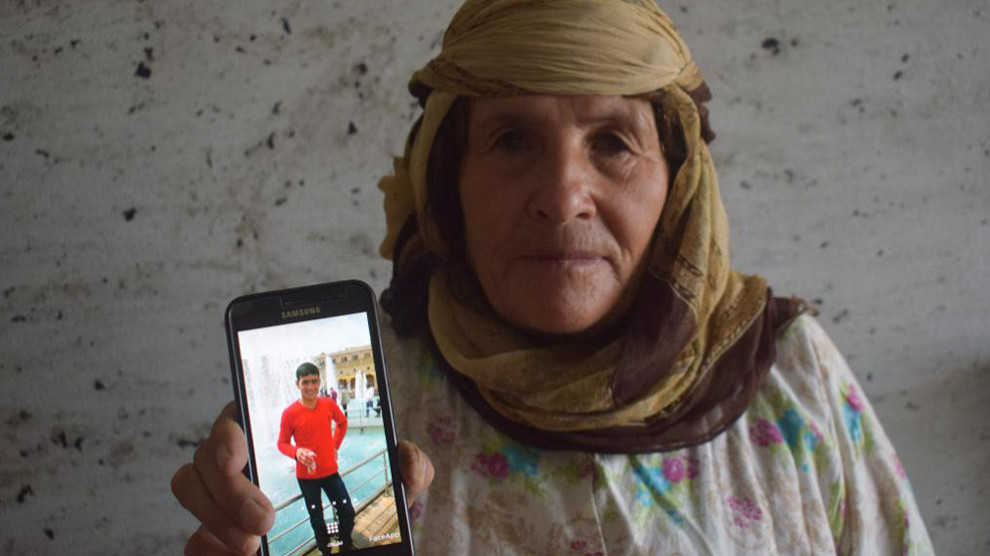Fate of civilians abducted by IS in Kobanê still unknown
Between 2013 and 2015, hundreds of civilians in Kobanê became victims of the IS practice of "disappearances". Relatives are finally demanding clarification of the fate of the missing persons.
Between 2013 and 2015, hundreds of civilians in Kobanê became victims of the IS practice of "disappearances". Relatives are finally demanding clarification of the fate of the missing persons.

At the beginning of 2013, the so-called IS used the power vacuum created by the "Arab Spring" to expand into Syria. With the renaming to "Islamic State in Iraq and Syria" (ISIS), the break with the most successful al-Qaeda militia in Syria to date, the Al-Nusra Front, followed. Between 2014 and 2016, the "Islamic State" (IS) finally became the most dangerous terrorist organization of the present. It seemed at the time that it would dominate the global jihadist scene.
But already in the summer of 2013, when the war had been raging in Syria for more than two years and the West still could not decide to intervene, human rights organizations reported more and more frequent murders, massacres and kidnappings by IS jihadists. In Kobanê alone, where the Rojava revolution had begun a year earlier, countless people were executed or abducted between 2013 and 2015. The practice of "disappearances" reached its peak during the IS raid on Kobanê.
Even though the territorial rule of the IS has now collapsed and the militia is considered militarily largely defeated, hundreds of civilians from Kobanê are still missing. One of these missing persons is Cîhad Kado. On the occasion of the International Day of the Victims of Disappearances on August 30, also known as the Day of the Disappeared, his mother Şemse Haçim appealed to the perpetrators to finally give her certainty about his fate. Cîhad was kidnapped during the fight for Kobanê. On September 13, 2014, the city was surrounded by the terrorist militia with Turkish riflemen and barbarously attacked in front of the international community. Within a few days, nearly 300 villages were taken by the IS. The attack triggered a huge wave of escape. Over 300,000 people fled across the Turkish border to Suruç, Urfa. Hundreds of people who remained in the city mounted bitter resistance to the heavily armed Islamists.
"We had decided at that time not to leave Kobanê. Neither my husband wanted to leave nor my children," says Şemse Haçim, now 60 years old. She lives in the village of Îtwêran, which lies in the south of Kobanê. "When the IS attacked our village, the mercenaries simply took Cîhad with them. He was not a fighter, not even politically active. Shortly afterwards, they also took five of his cousins," Haçim tells.
Haçim cannot remember the exact date of the kidnapping of their son. She and her family had already barricaded themselves in their house for too long. Haçim believes that it is not an act of great effort that she demands. "I only want clarity about my son's fate." Six years have passed since the day she last saw Cîhad alive. "Dead or alive, they should simply bring him back. I am waiting for him," said the 60-year-old.
Truth Commission for the Disappeared
At the beginning of the year, a truth commission was set up in northern and eastern Syria to clarify the fate of thousands of disappeared persons. The commission of inquiry was formed on the initiative of Mazlum Abdi Kobanê, Commander General of the Syrian Democratic Forces (SDF). The goal of the commission is to find out the truth and establish justice. At the time the committee was founded, 3,286 people who "disappeared" from various regions of Rojava between 2012 and 2019 were still considered missing. 544 of them were abducted by the IS, 2,368 others by Syrian 'opposition' groups. Syrian regime forces are responsible for the disappearance of 374 people.